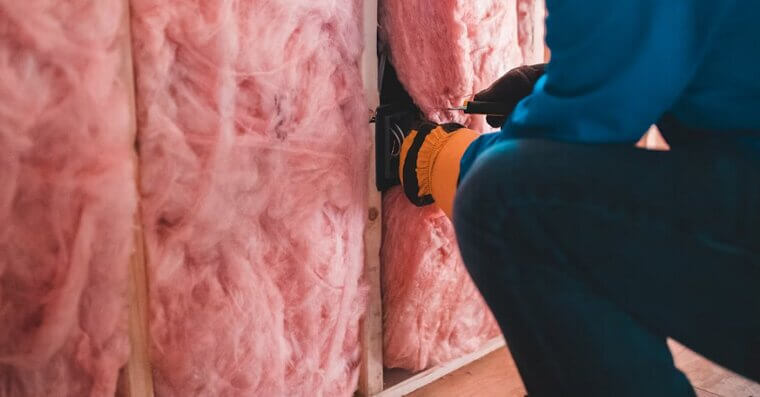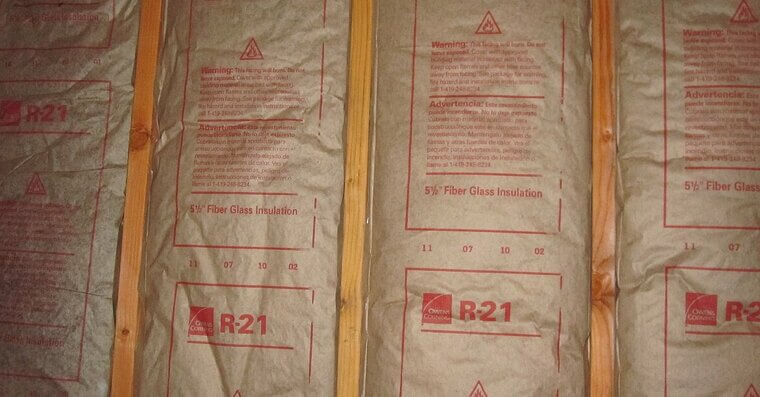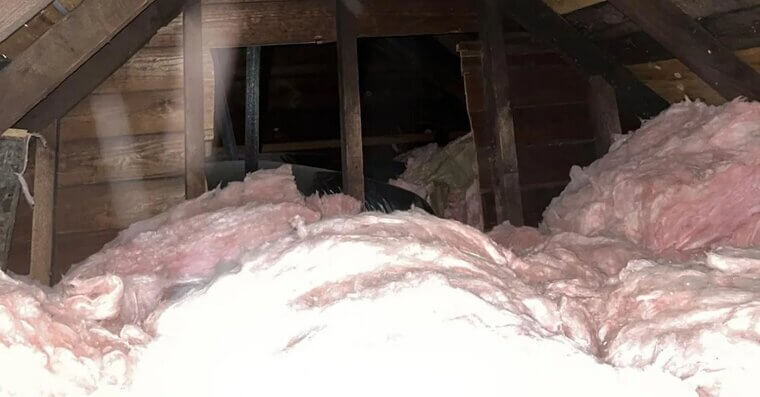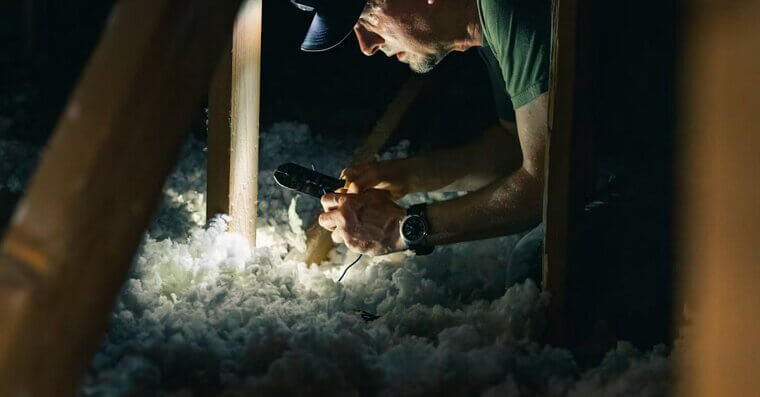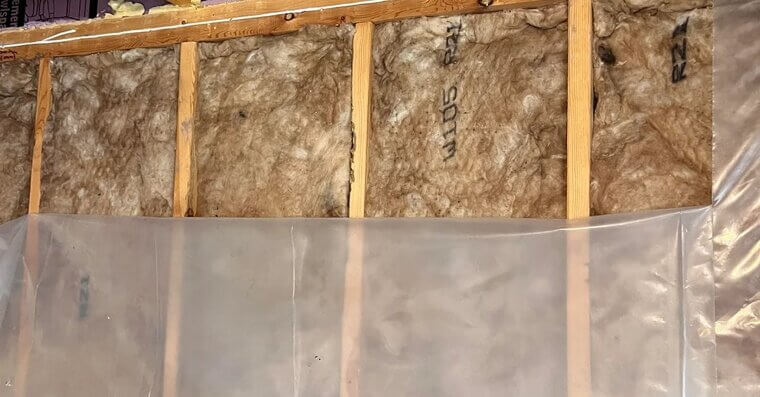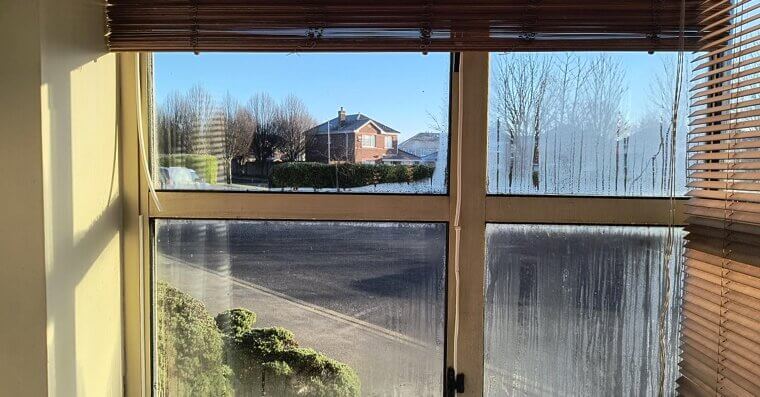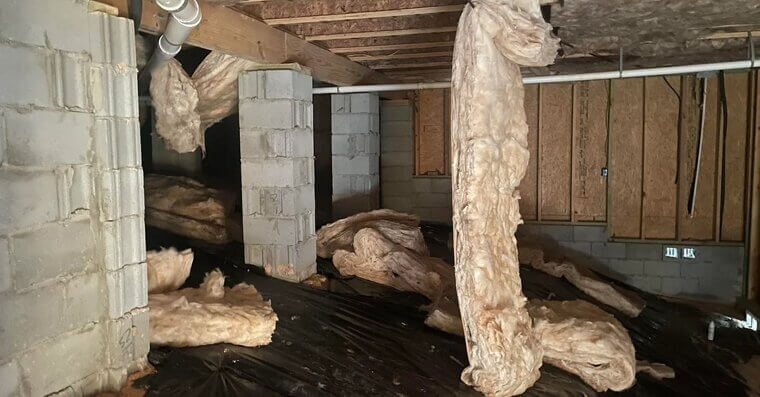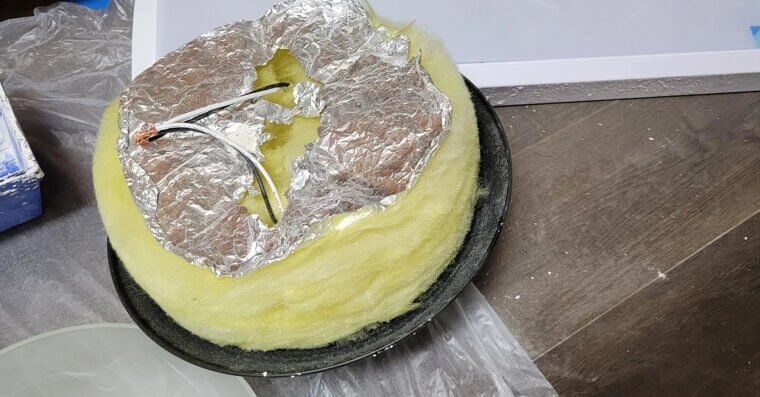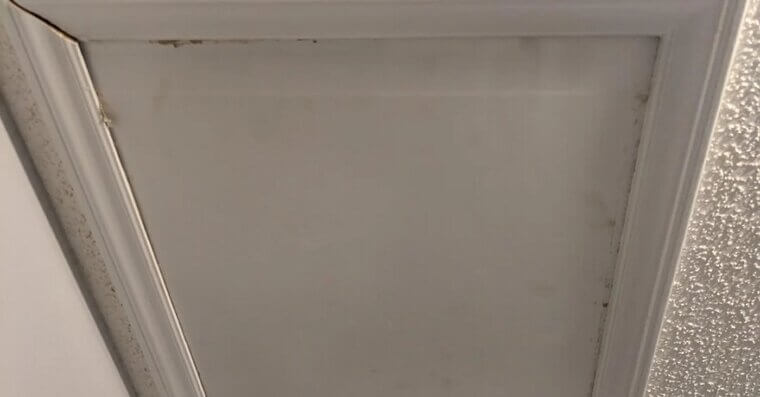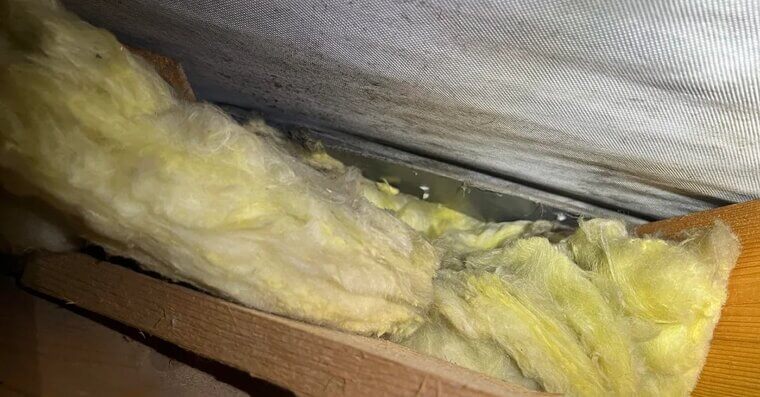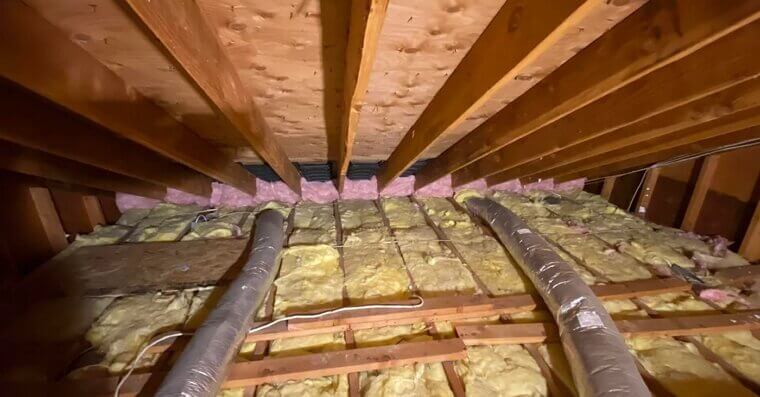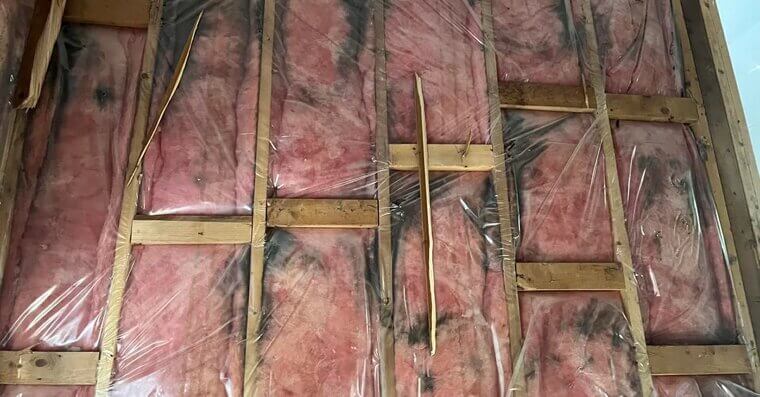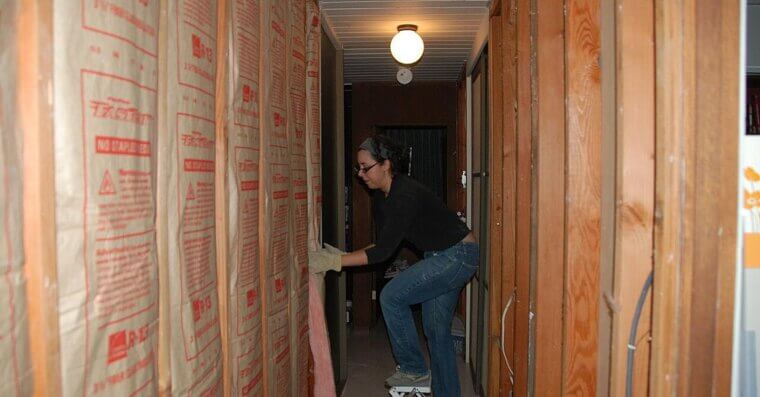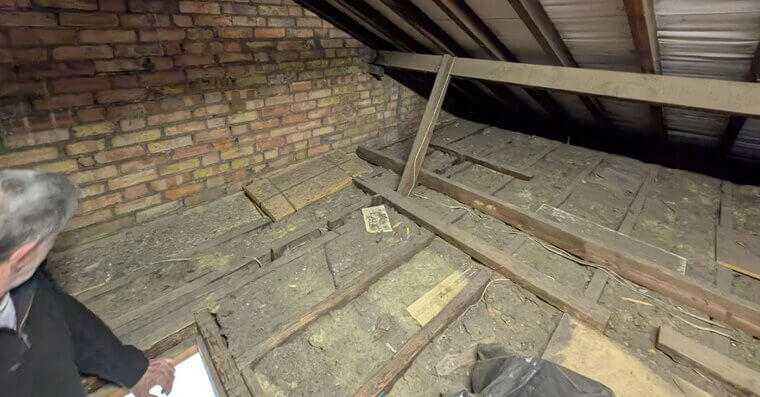Insulating Your Home
Taking on a DIY insulation project sounds like a money-saver and a good way to get a sense of accomplishment. You simply grab some rolls of fiberglass or whatnot, spend a weekend in the attic, and imagine lower utility bills rolling in. But here’s the catch - insulation only works when it’s installed correctly, and small mistakes can cancel out all your hard work. In fact, some slip-ups might even end up costing you more in the long run.
Using the Wrong R-Value
Insulation has different R-values, which measure resistance to heat flow. If you don’t choose the right one for your climate zone, your insulation won’t perform well. Many DIYers just grab what looks thick enough, but a lower R-value in a cold climate can leave you paying way more in heating bills.
Gaps Around Edges
Even if you pack insulation between the studs, small gaps around the edges let heat slip out and cold air sneak in. You think you’ve sorted it all, but those tiny leaks add up fast on energy bills. Professional installers use sealing foam and tape to eliminate drafts, and you need to do the same.
Compression Issues
Insulation only works well when it’s fluffy and full of air pockets. If you cram it too tightly into the wall or attic, you squash the material and kill its insulating power. Many DIYers think “tighter is better,” having learned only from the Internet - but in reality, it’s not.
Forgetting Vapor Barriers
Skipping a vapor barrier is a rookie mistake that can cost you big later. Moisture creeps through walls and settles into insulation, reducing its R-value and inviting mold. Professionals know exactly where and how to install barriers, but inexperienced DIYers often miss this step.
Ignoring Air Sealing First
Insulation isn’t a magic fix if your house is drafty. If you don’t seal cracks around windows, doors, and pipes before adding insulation, you’re basically throwing money into the walls. Air still leaks in and out, you get annoyed with the cold, and your expensive energy keeps slipping away.
Uneven Coverage
Attics and crawl spaces are unfortunately rather tricky - uneven insulation layers leave hot and cold spots throughout the house. That forces your heating and cooling system to work harder, driving up energy costs. DIYers tend to stop short of reaching every nook and cranny, so if that’s you, don’t do the same thing.
Leaving Gaps Around Fixtures
Light fixtures, vents, and electrical outlets can be tricky spots. If you don’t insulate around them carefully, air leaks continue to drain energy. But sometimes, DIY insulation is installed too close to hot wires, creating a fire hazard.
Forgetting Attic Hatches
It’s easy to lay down thick attic insulation but totally forget the attic hatch or pull-down stairs. Many DIYers overlook it, but that one weak spot can undermine all the money you spent insulating the rest. Don’t get caught out!
Blocking Ventilation
Good insulation balances with proper ventilation. Unfortunately, people sometimes stuff insulation right into soffit vents, blocking airflow. This causes moisture buildup, ice dams in winter, and higher cooling costs in summer. Not good!
Settling Over Time
If you install blown-in insulation without the right density, it can settle unevenly over time. That leaves thin spots that don’t insulate nearly as well. Settling means you’ll be paying higher bills years earlier than expected – so maybe call a pro for this one.
Overlooking Ductwork
Ducts running through attics or crawl spaces need insulation, too. Homeowners often focus on walls and ceilings but forget those leaky ducts. Every bit of uninsulated ductwork bleeds heated or cooled air, costing you precious money.
Moisture and Mold Issues
Improperly installed insulation can trap moisture, creating a perfect environment for mold. Not only does this reduce your insulation’s effectiveness, but it can also cost a lot to get rid of the mold. If you’re inexperienced at DIY insulation, this is just one more reason to call a pro.
Underestimating How Much You Need
It’s common to buy less insulation than you really need, either to save money or because you miscalculate. But a thin layer won’t perform the way it should. Instead of saving, you end up spending more every month on utilities.
Safety Hazards That Lead to Repairs
DIY insulation projects can accidentally cover electrical wiring or block vents, creating fire hazards or airflow issues. Then, if something goes wrong, repairs and safety fixes can wipe out any savings you thought you’d gained. Best to call someone who knows exactly what they’re doing – then you won’t have to worry about your house burning down.
Wrong Insulation Type
Not all insulation is created equal. Fiberglass batts, spray foam, blown-in cellulose - they all work differently. If you just grab whatever’s cheapest at the hardware store, you might end up with insulation that doesn’t suit your climate or home’s needs. Soon, you might see your bills creeping higher.

